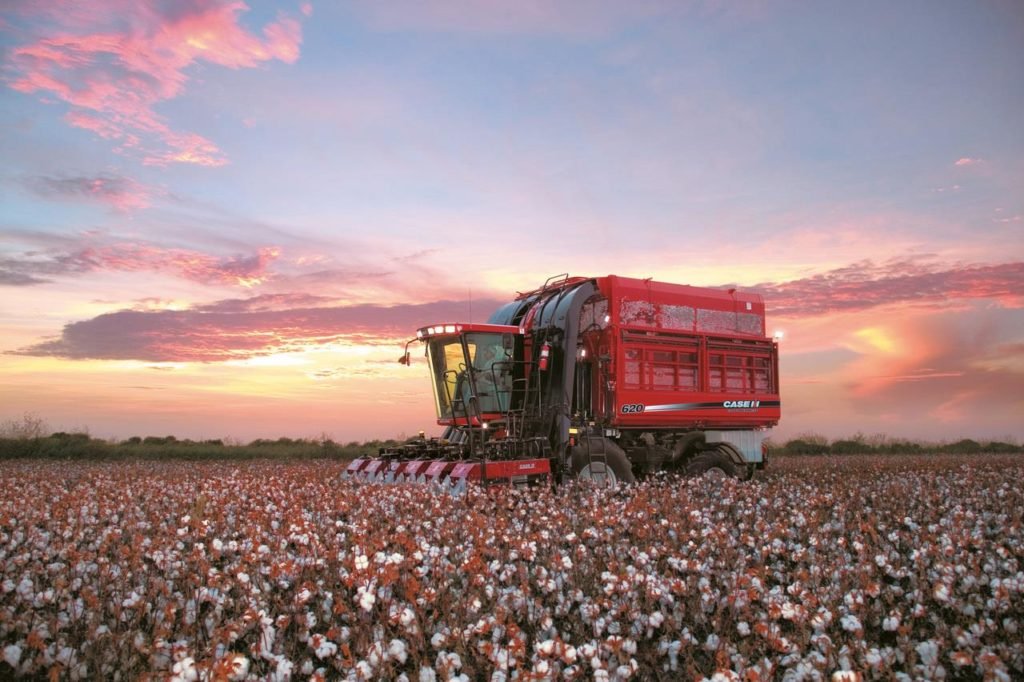Interesting facts about cotton
Cotton is an ideal fabric, hygienic, environmentally friendly, “breathable” and biologically compatible with the human body. A variety of items are made from cotton, from clothing to interior elements. For example, ikat fabric is made of cotton and is used almost in every element of the interior and different types of clothes, accessories, bags and etc.
This raw material is one of the most popular in the world, and it is unlikely that synthetic analogues will ever be able to completely displace it from the market. Mankind, however, has long understood that cotton is a valuable thing, and since then it has done a lot to improve this plant culture.
• In the Middle Ages, people knew that cotton was harvested from a plant, but few saw this plant. Many believed that animals like lambs appeared on this plant, with which they cut cotton;
• Cotton is a fiber of plant origin, obtained from cotton bolls – plants of the genus Gossypium, which in Latin means “tree that gives cotton”;
• The English “cotton” comes from the Arabic “kattan”, which means cotton, and the Russian “cotton” comes from the word “cereal”;
• Cotton came about a hundred million years ago in the family of malvaceae. Now on the planet there are thirty-two wild and five cultivated species of cotton, combined in six sections and two subgenera according to their habitat, features of life and appearance. Cultural species break up into another nineteen subspecies, each of which has hundreds of annuals and perennials, tree-like, shrubby and grassy varieties;
• The first people who began to cultivate cotton are ancient tribes living near the Indus River in the territory of modern Pakistan, India and China 6000 years ago;
• The first recorded cotton harvest in the USA occurred in 1556 in Florida;
• More cotton is used in the world than any other fabric;
• The first machine-made cotton garment was made in England in 173;
• Cotton quality is assessed in three ways – color, purity and fiber strength;
• Egyptian cotton is believed to be softer and stronger, therefore more expensive than American;
• From cotton seeds get oil, flour and husk;
• Cotton is one-year-old or perennial grasses (less often trees reaching a height of up to 7 meters) with large leaves, white, yellow or pink flowers. Ripening cotton fruits open in 2-5 segments and are seeds shrouded in very fine fibers with a length of 15 to 55 mm, usually white. The longer and thinner the fibers, the more valuable they are;

• After harvesting, cotton is placed in the sun to dry — this is necessary to separate the fibers from the seeds. The cotton picking stage requires significant labor costs; however, in the most developed countries, the collection takes place using special mechanical devices. At the cotton processing enterprises (as a rule, they are far enough from the plantations), the raw materials are broken and combed out until a thin ribbon appears in which all the fibers are parallel;
• Warriors of ancient Roman legions wore cotton clothes;
• Now cotton is inexpensive, unlike silk, which in Europe has always been very expensive. And in ancient China, cotton was more expensive than silk, because it was considered exotic there;
• 6-7 hundred pairs of pants can be made from a ton of cotton;
• People spun cotton fabric thousands of years ago, but for the first time spinning machines were adapted to this business in the first half of the 18th century. It happened in the UK;

• Most cotton in the world is now produced in India. Moreover, in most Indian fields it is still collected manually, as in the old days, since in this country manual labor is cheaper than machine labor;
• Colored cotton clothes are not necessarily dyed. Colored varieties of this plant have been bred for quite some time;
• Cotton fabric is stronger than wool. In terms of tensile strength, it is almost identical to silk;
• However, they also have a drawback – cotton is afraid of sunlight. One thousand hours in the light is enough for a cotton fabric to lose half its safety margin and become dilapidated;
• Unlike most other fabrics, cotton, when wet, becomes stronger, and not vice versa;
• Cotton is able to absorb so much moisture that it will increase in volume by 35-40%;
• About 95% of the cotton is cellulose. Therefore, in the Soviet Union, the fabric from this plant was called cotton;
• Cotton is used in the preparation of explosives.
Cotton is used in the manufacture of many types of fabrics, including ikat fabrics, which are mainly made from cotton. Cotton makes the properties and quality of this oriental ikat fabric stable, strong and most importantly, such fabric can breathe. Cotton clothes will never go out of style and will always give comfort when worn.

